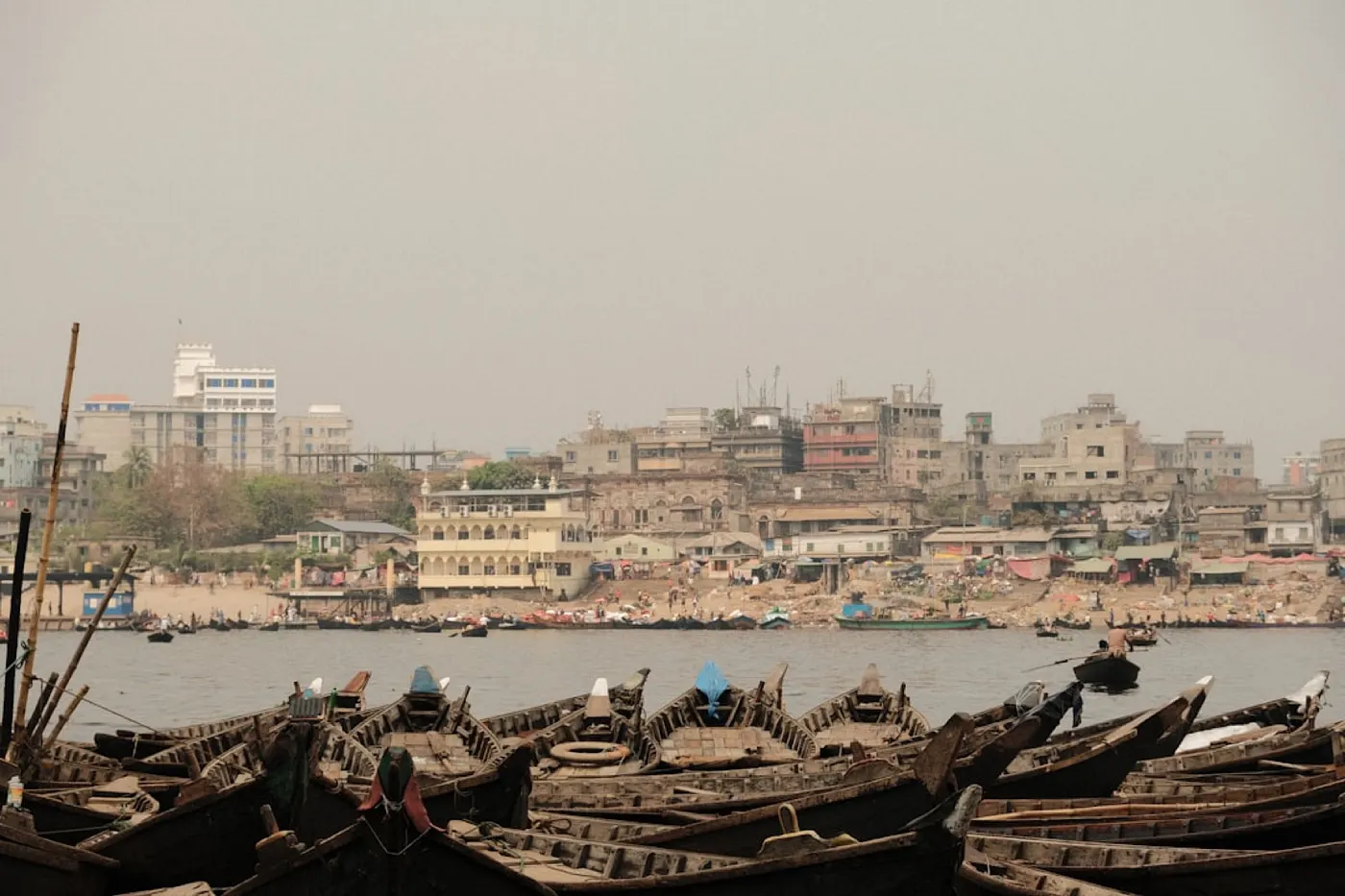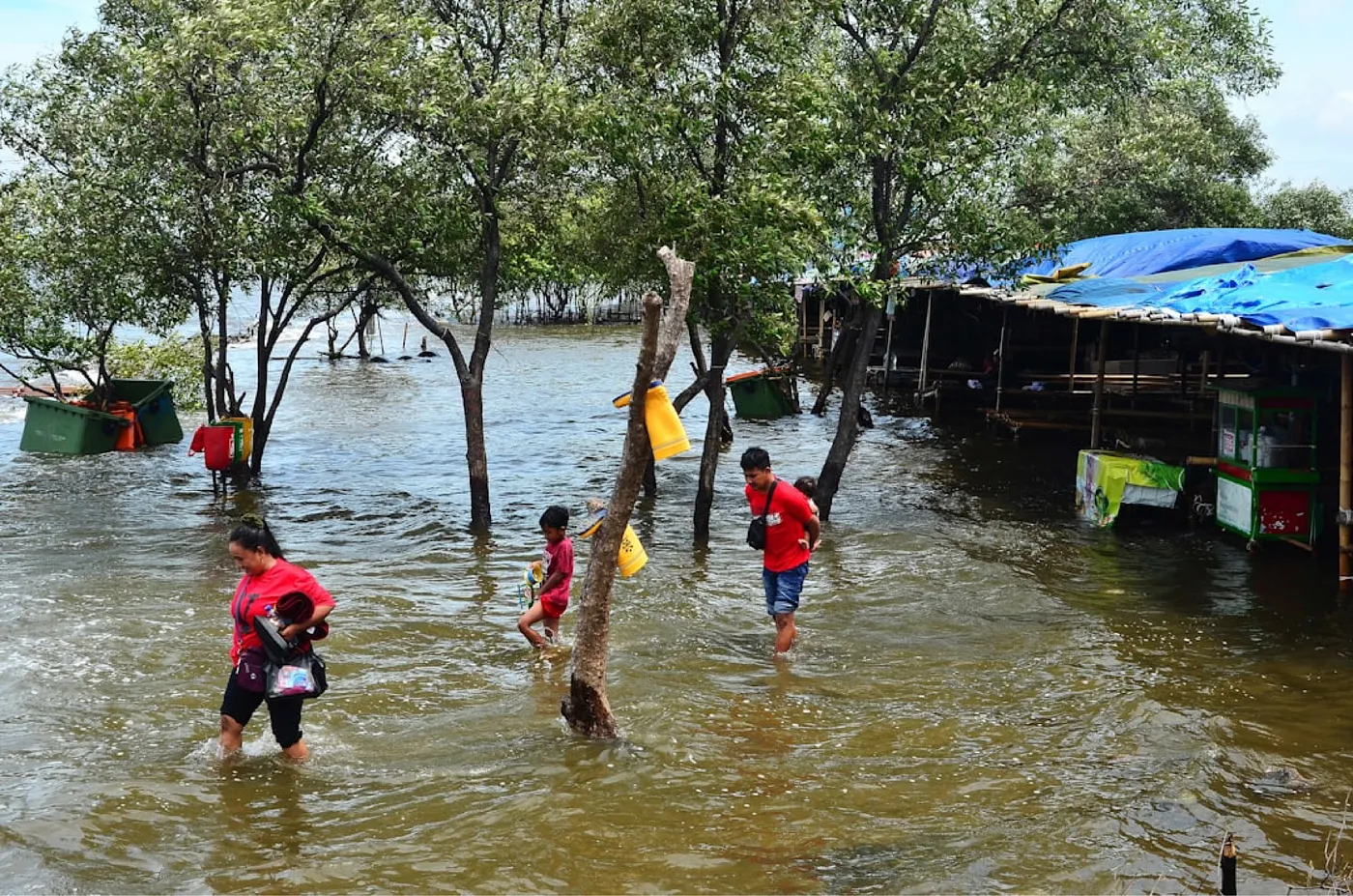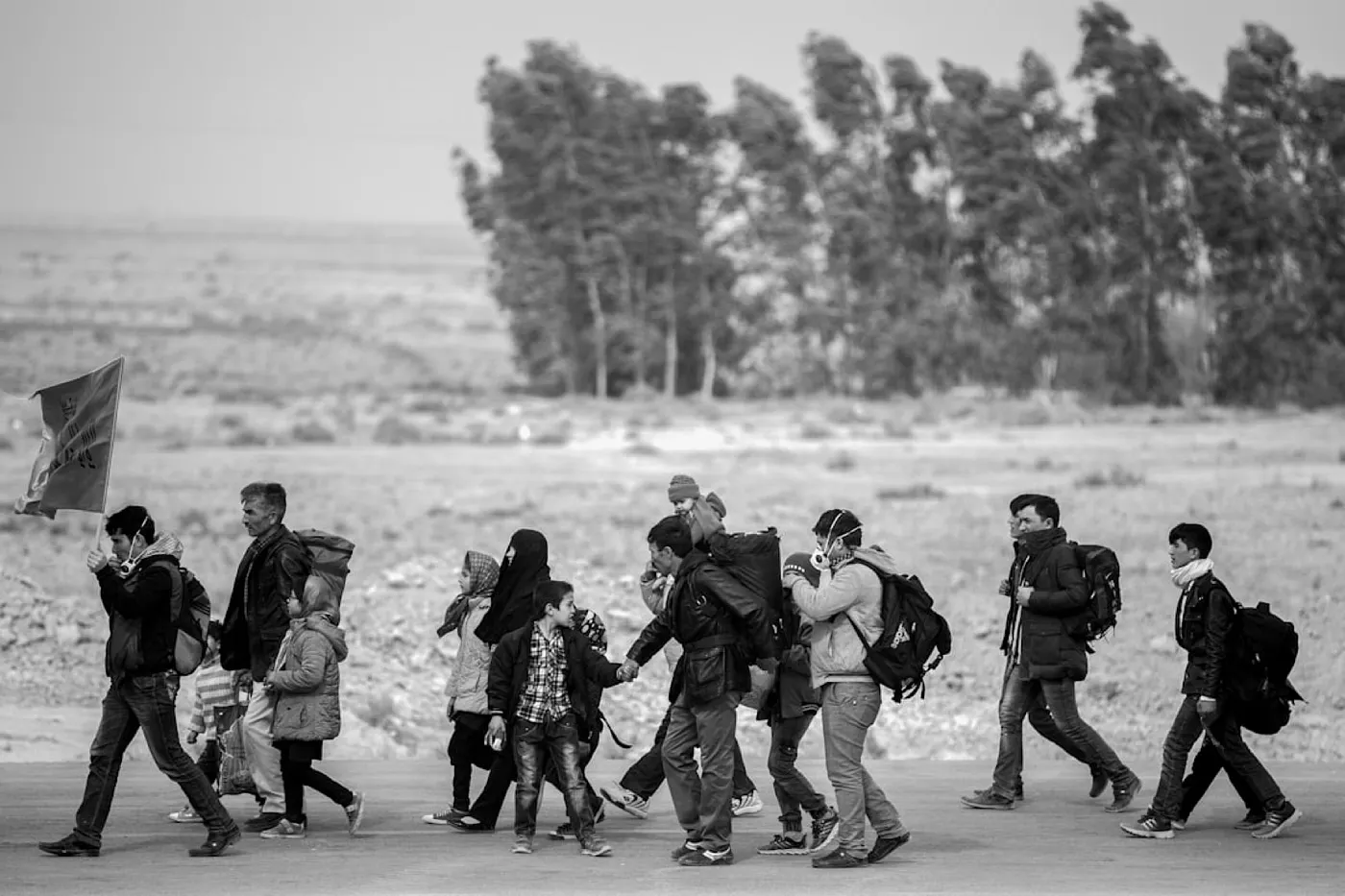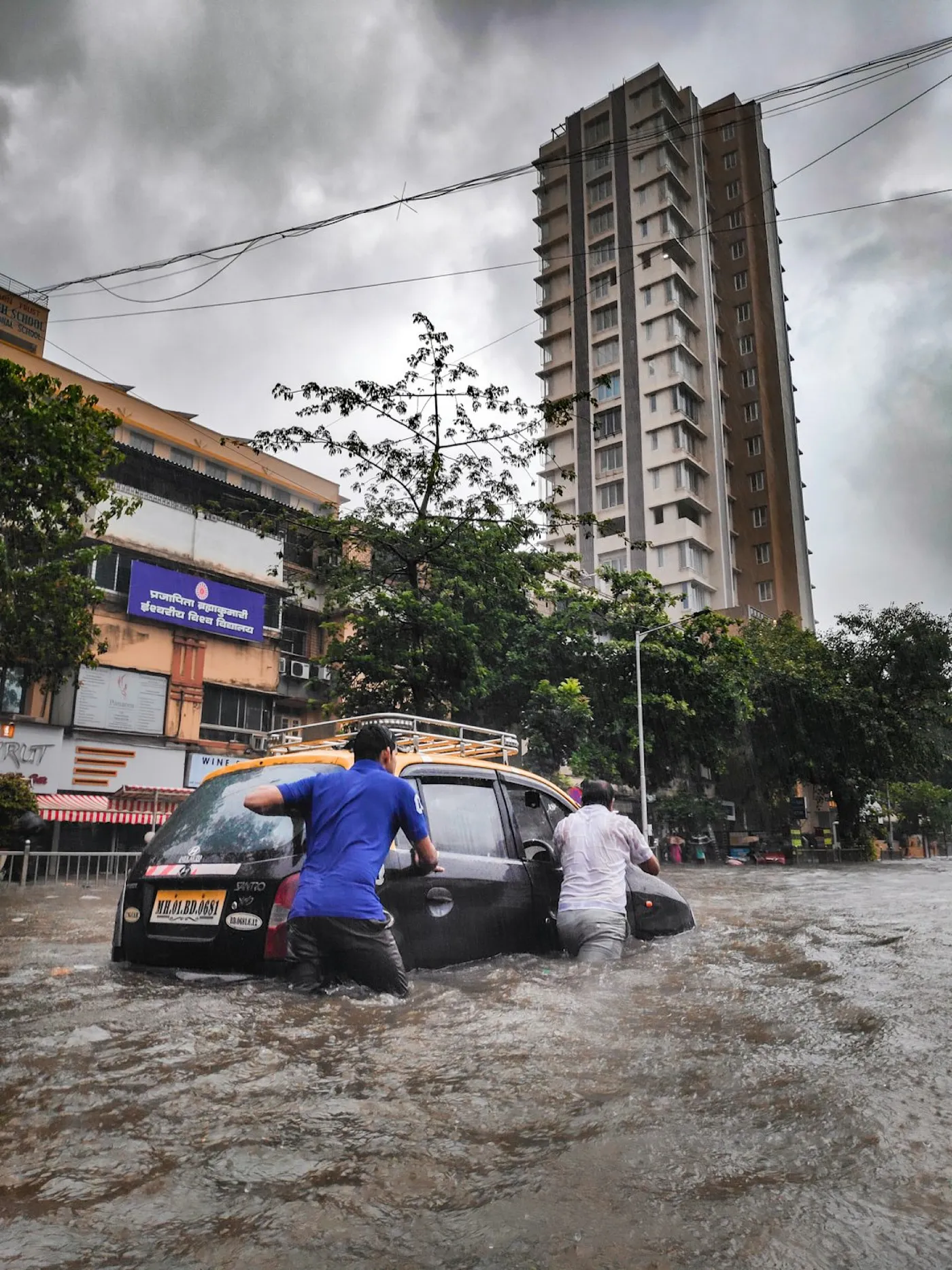Climate Crisis in Bangladesh: Rising Seas, Displaced Lives
Catch up on how climate change and pollution is affecting the environment and people in Bangladesh. Today, it is more important than ever to practice environmentally friendly activities!
Climate Crisis in Bangladesh: Rising Seas, Displaced Lives

Bangladesh, one of the most climate-vulnerable countries on Earth, is facing an escalating crisis as rising sea levels, saltwater intrusion, and intensified monsoon flooding are threatening the lives and livelihoods of millions.
The Stats
With over 160 million people packed into low-lying deltaic terrain, nearly 70% of the country sits less than 10 meters above sea level, and one-third of the population resides in coastal areas directly at risk. According to the IPCC, sea levels in the Bay of Bengal are rising at a rate 60% faster than the global average, placing Bangladesh on the frontline of the climate emergency.

The Crops
Each year, thousands of hectares of arable land are swallowed by the encroaching sea, and salinization renders vast stretches of agricultural soil infertile destroying crops, increasing food insecurity, and forcing rural families to abandon their homes.

The Drinking Water
More than 6 million people in southern Bangladesh are already affected by saline drinking water, leading to rising rates of hypertension, miscarriage, and skin disease, particularly among women and children.

The Migrants
Climate-induced migration is surging; by 2050, an estimated 13 to 20 million Bangladeshis may be displaced due to sea level rise alone, creating one of the largest populations of climate refugees in the world. The capital city, Dhaka, is absorbing thousands of these internal migrants every week, placing unsustainable pressure on infrastructure, housing, and public services.

The Floods
Floods, which are increasing in both frequency and intensity, routinely submerge one-fifth of the country during monsoon season, affecting food supply chains and sanitation systems. In response, Bangladesh has initiated several adaptation strategies, including the construction of cyclone shelters, coastal embankments, and early warning systems. The Bangladesh Delta Plan 2100 aims to integrate climate resilience with long-term economic planning, but limited funding and global inaction continue to undermine progress.

The Future
Despite contributing less than 0.4% of global greenhouse gas emissions, Bangladesh is bearing a disproportionate burden of climate change; a stark illustration of global climate injustice. The situation calls for urgent international collaboration, including technology transfer, climate financing, and refugee protection frameworks. Without sustained and equitable global action, the people of Bangladesh will continue to pay the price for a crisis they did not create. Their story is a powerful warning: what happens in Bangladesh today could happen elsewhere tomorrow if the world fails to curb emissions and support adaptation in the most affected regions.
References:
Intergovernmental Panel on Climate Change (IPCC) — Sixth Assessment Report
World Bank –“Groundswell Part II: Acting on Internal Climate Migration” (2021)
UNDP Bangladesh — Coastal Vulnerability and Salinity Intrusion Studies
The Guardian (2023) –“Dhaka’s Climate Migrants and the Urban Crisis”
Bangladesh Delta Plan 2100 — Government of Bangladesh Planning Commission
